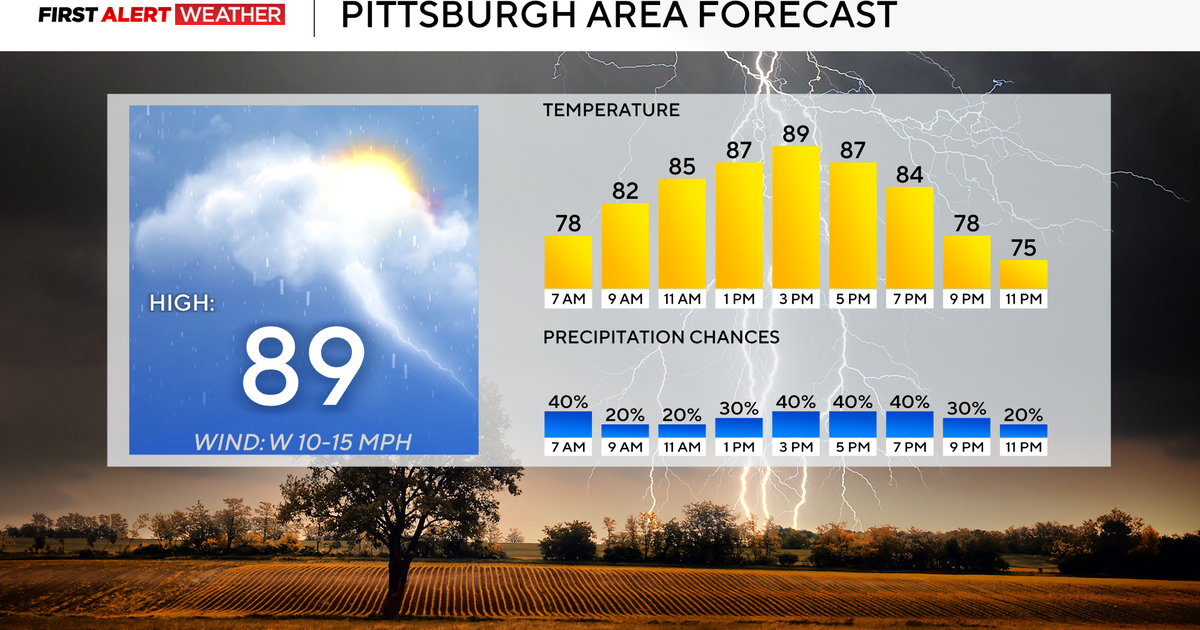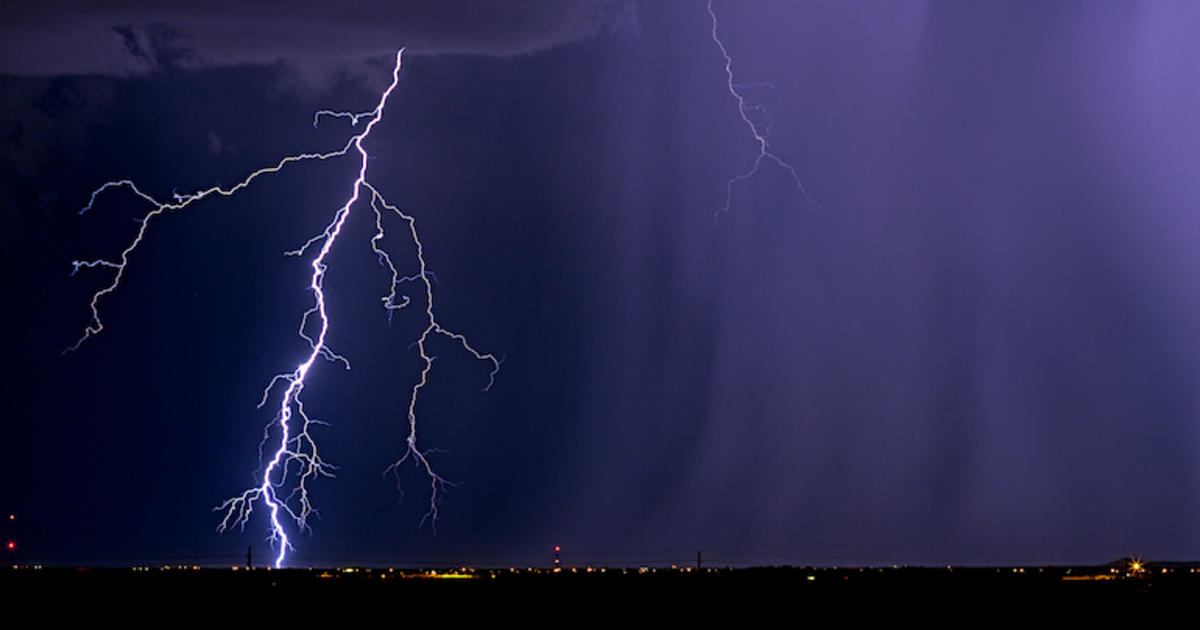Hey Ray! Explaining The Differences Between Weather Watches And Weather Warnings
PITTSBURGH (KDKA) -- Some of the most important weather terminology for safety is often the most confused weather terminology. Those terms are "watch" and "warning".
Both words are used to describe the potential for severe weather, and while they sound similar, they have VERY different meanings.
Watches are issued when the risk of a hazardous weather has is elevated but its occurrence, location or timing is still uncertain.
Watches are intended to provide enough notice for you to be prepared for severe weather.
On the other hand, warnings are issued when severe weather is occurring, imminent or likely.
A warning means weather conditions pose a threat to life or property, and people in the path of the storm need to take protective action.
In our video, we have a bunch of ingredients for Haluski Noodles, but no haluski noodles are present.
Since we know the chance for haluski noodles is elevated, we must issue a Haluski Noodle Watch.
As the ingredients start coming together, and haluski noodles are likely or happening, we need to issue a Haluski Noodle Warning.
We no longer have just ingredients in place, and a warning puts us on notice that haluski noodles will near us soon.
A meteorologist in Charlotte, Brad Panovich, used cupcakes on his Twitter page to show the difference, but I thought we should do it in a Pittsburgh way.
So the simple explanation is Haluski Noodle Watch.
After the watch comes the Haluski Noodle Warning!
You can mix up your own Haluski Noodles with this recipe:
- 2.5 cups of flour
- 2 Eggs Beaten
- 1/2 Cup Milk
- 1 TBSP Butter
- 1 Pinch Of Salt
Mix the salt and flour together, then add the beaten eggs, the butter and the milk.
Mix or knead until the dough forms, then let it rest for 10 minutes.
Roll the dough flat, and cut to desired noodle size, or use a noodle machine like we did.
To cook, bring water with a little salt to a boil.
Carefully drop in the noodles and cook until they float.
Scoop out or strain the noodles. They are ready to eat.
The noodles are great with just salt and butter, but of course, haluski is better.
WEATHER LINKS:
Current Conditions | School Delays & Closings | Local Radar | Weather App | Photos
Stay up to date with the KDKA app, which you can download here.







